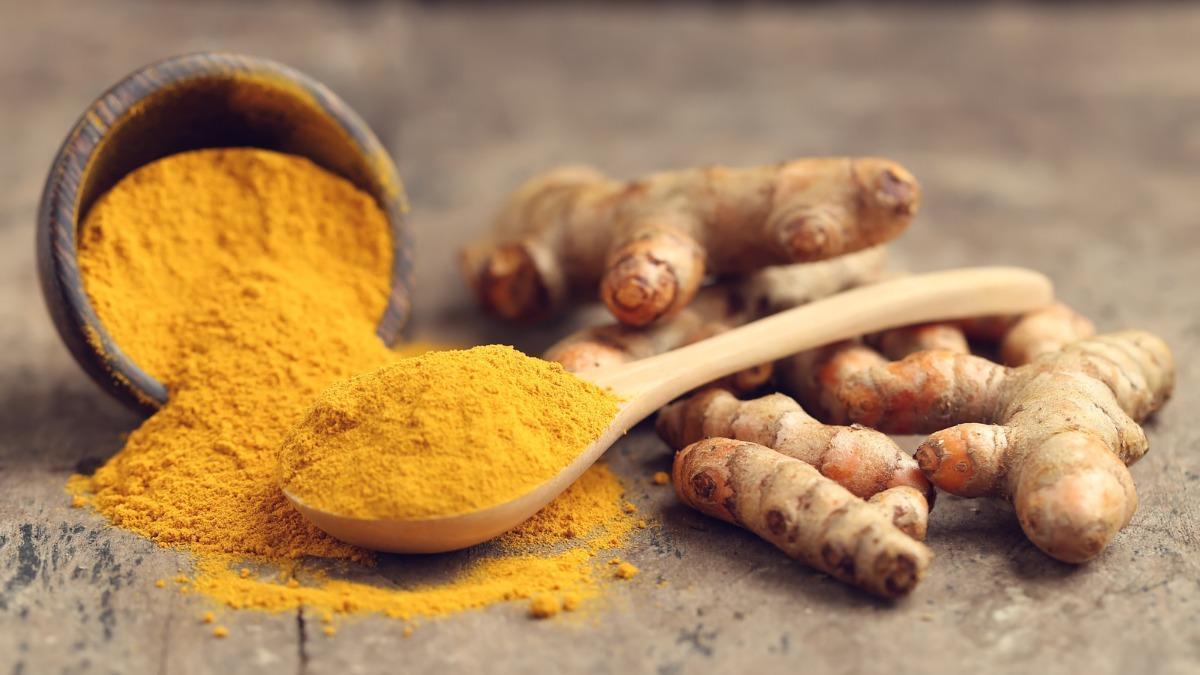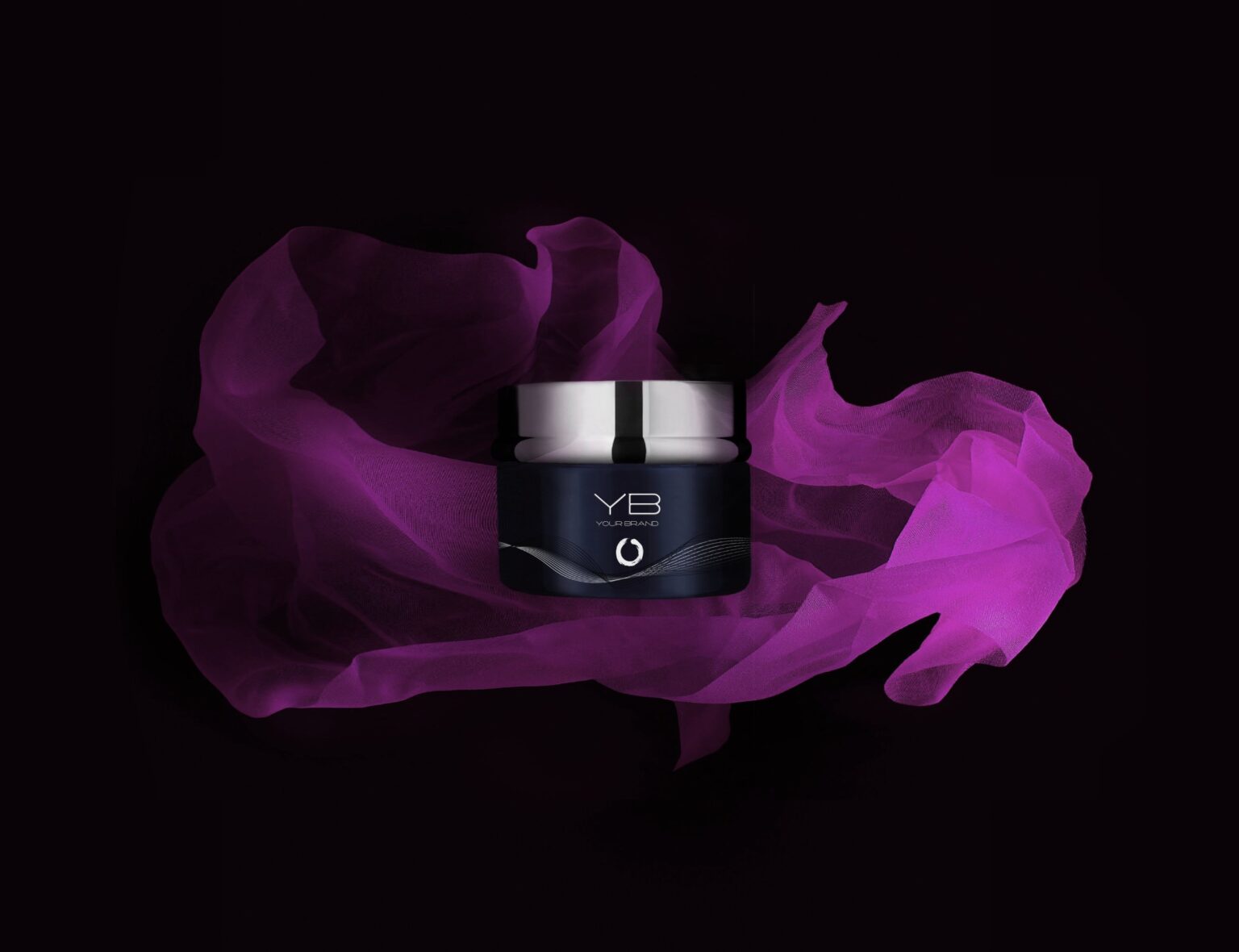
Important Things You Didn’t Know About Turmeric
Turmeric, like ginger, is a rhizome. Turmeric powder is made by drying tiny bits of Turmeric and crushing them into a fine powder, commonly used in cooking. The leaf and bloom of the plant, like the root, are supposed to have medicinal properties. In 2021, the value of turmeric exports in New Zealand was USD 13.44K. Turmeric is famous because of its numerous health benefits. Try consuming turmeric capsules in NZ to get the same health benefits. There are various different types of Turmeric, and not all of them are utilised in cooking; each has its unique medical properties.
Here are a few things you didn’t know about turmeric
Turmeric is a dye that may also be used as a litmus paper.
Turmeric is most famous for the bright yellow colour it provides curry. According to archaeological evidence, dyeing was a general industrial operation in Egypt, India, and Mesopotamia during the third millennium BC. Turmeric was utilised widely. It’s also found in cheese, butter, and other foods as a colouring agent. When turmeric’s orange-yellow root powder was subjected to alkalines in the 1870s, scientists noticed it became reddish-brown. As a result, turmeric paper, also known as Curcuma paper, was developed to test for alkalinity.
Turmeric is beneficial to the skin.
Turmeric paste combined with other natural substances hastens the healing of wounds and bruises. In New Zealand, it is still used to treat blemishes, shingles, minor cuts, burns, and other skin disorders. Turmeric and Manuka honey paste have healed cuts and wounds without leaving scars or flaws. Turmeric is supposed to help with eczema symptoms, including skin irritation, rashes, itching, swelling, and inflammation.
Turmeric may be used in various ways in the kitchen, not only as a spice.
Most people are acquainted with turmeric as a pantry spice. Many of us who enjoy cooking have used turmeric at some point in our cooking careers. This spice’s health advantages are well-known. Many investigations in New Zealand have been conducted throughout the years, and modern medicine has begun to accept this magical spice. Here are some suggestions for incorporating this into your daily life. Boil a cup of milk with 12 teaspoons of turmeric powder and a sprinkle of black pepper powder. The black pepper cannot be removed since it aids in absorbing curcumin (turmeric) and adds flavour.
Turmeric’s bioactive components have medicinal properties.
Curcumin content in turmeric is low. It makes up around 3% of the total weight. The bulk of experiments on this plant use curcumin-rich turmeric formulations, with daily dosages exceeding 1 g. It would be difficult to get these levels just by adding turmeric to your food. This is why people of New Zealand prefer to supplement their diet.
Turmeric is a natural anti-inflammatory compound.
Inflammation has a crucial function. It aids in the combat against extraterrestrial invaders and the recovery of bodily injury. While acute, short-term inflammation is beneficial, it may become a problem if it lingers and assaults your tissues. According to experts in New Zealand, chronic low-level inflammation is now recognised to play a role in a variety of health issues and illnesses.
Conclusion
Turmeric may be used for medicinal purposes in New Zealand. Turmeric offers a long list of scientifically documented health advantages, including the ability to boost heart health and prevent Alzheimer’s disease and cancer. When buying turmeric capsules in NZ , look for antioxidant and anti-inflammatory effects. It may also aid in the treatment of depression and arthritic pain. These advantages are fascinating, but because of curcumin’s low bioavailability, they are restricted, and additional study is needed.


